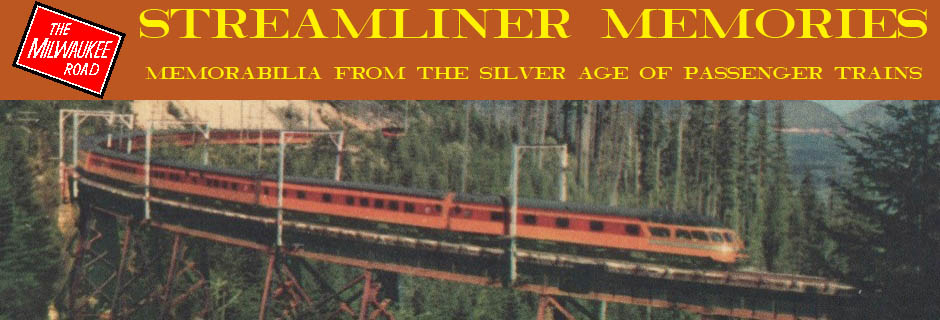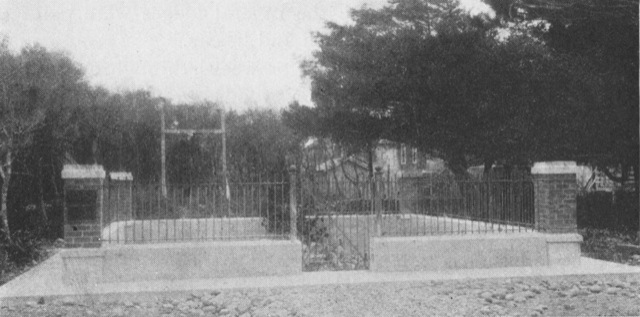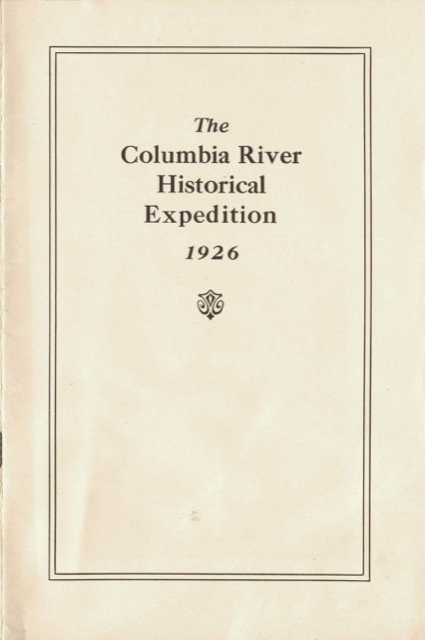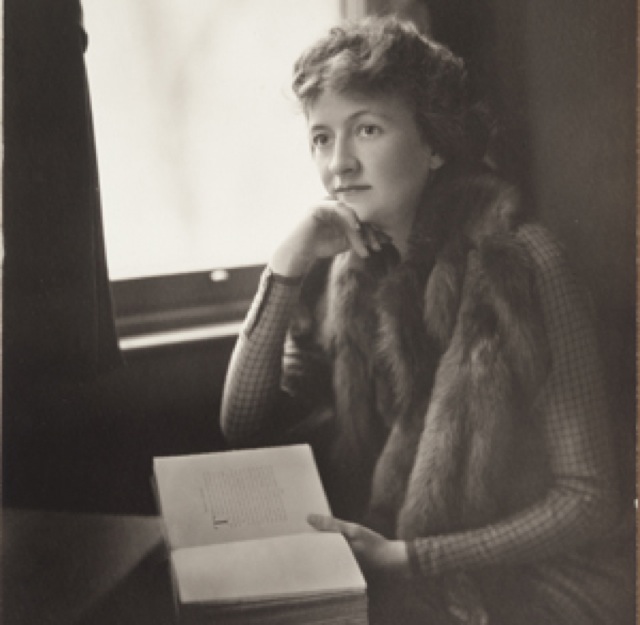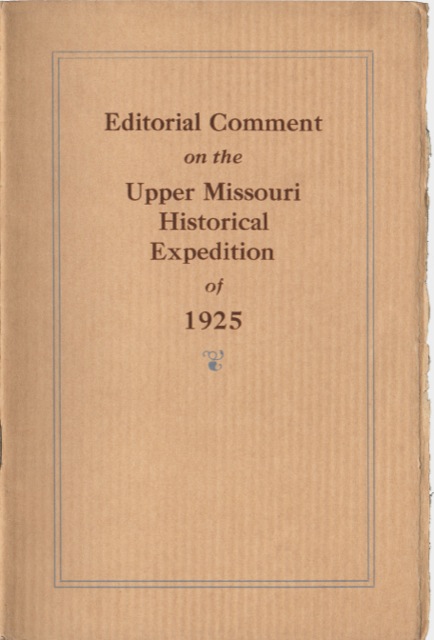July 22 was in some ways the climax of the Columbia River Historical Expedition, as the group spent the day dedicating the grandest monument built as a part of the Great Northern’s historical tours–and also the only one not immediately adjacent to a GN or SP&S right of way. Standing 125 feet tall, the Astoria Column has a 164-stair spiral staircase inside leading to a viewing platform near the top. The outside of the column is decorated with a spiral history of the Columbia, featuring Robert Gray, Lewis & Clark, the Astoria fur traders, early pioneers, and the coming of the railroad.
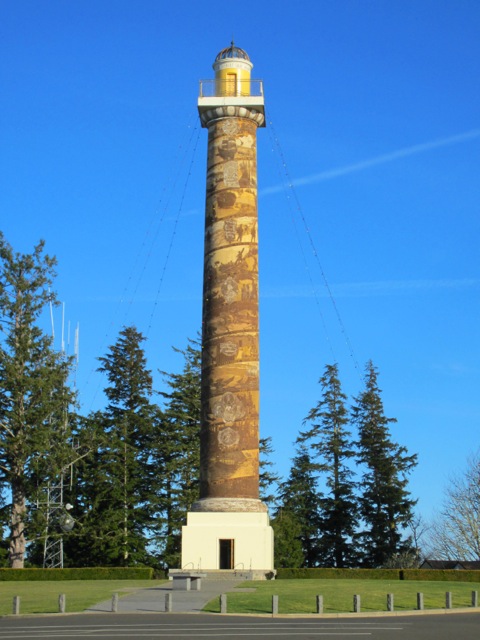 The Astor Column in 2011. Wikimedia commons photo by Another Believer.
The Astor Column in 2011. Wikimedia commons photo by Another Believer.
The column was designed by Electus Litchfield (who had also designed the Camp Disappointment obelisk) and modeled after Trajan’s Column in Rome. It was built by A. Guthrie, a St. Paul construction company that had long been an important contractor for the Great Northern. Guthrie was digging the 7.9-mile Cascade Tunnel at the same time as it was building the Astor Column, and in 1930 it would receive the contract to build the Great Northern’s California extension from Bend, Oregon. The column’s exterior frescoes were by Attilio Pusteria, an Italian artist who immigrated to the United States in about 1900. Only about a third of these frescoes were completed by the time the expedition arrived to dedicate the column; Pusteria finished them by the end of October, 1926.
